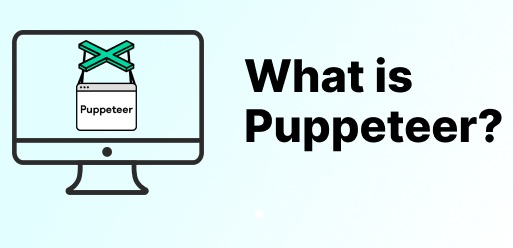Infrastructure as Code, Puppet emerges as a formidable puppeteer, orchestrating the dance of configurations across diverse servers and environments. This blog takes you on a journey through the realms of Puppet, exploring its model-driven approach, robust capabilities, and the transformative impact it has on automating and managing infrastructure configurations.
Unveiling the Puppet Master
Model-Driven Configuration
Strength:- Puppet’s strength lies in its model-driven approach, where the desired state of the infrastructure is defined, and Puppet ensures that it aligns with this state.
Use Case:- Ideal for maintaining consistent configurations across diverse server environments.
Puppet DSL
Strength:- Puppet employs its own domain-specific language (DSL) that allows administrators to describe system configurations in a clear and concise manner.
Use Case:- Suited for expressing complex configurations with simplicity and readability.
Resource Abstraction
Strength:- Puppet abstracts system resources into manageable units, enabling administrators to define the state of files, packages, services, and more.
Use Case:– Facilitates the granular control of system resources for precise configuration management.
Robust Reporting and Logging
Strength:- Puppet provides detailed reporting and logging features, offering insights into the compliance and health of managed systems.
Use Case:- Valuable for organizations with stringent compliance and auditing requirements.
Scalability and Extensibility
Strength:- Puppet’s architecture is designed for scalability, enabling organizations to manage configurations in large and dynamic environments.
Use Case:- Suited for enterprises with diverse and evolving infrastructure needs.
